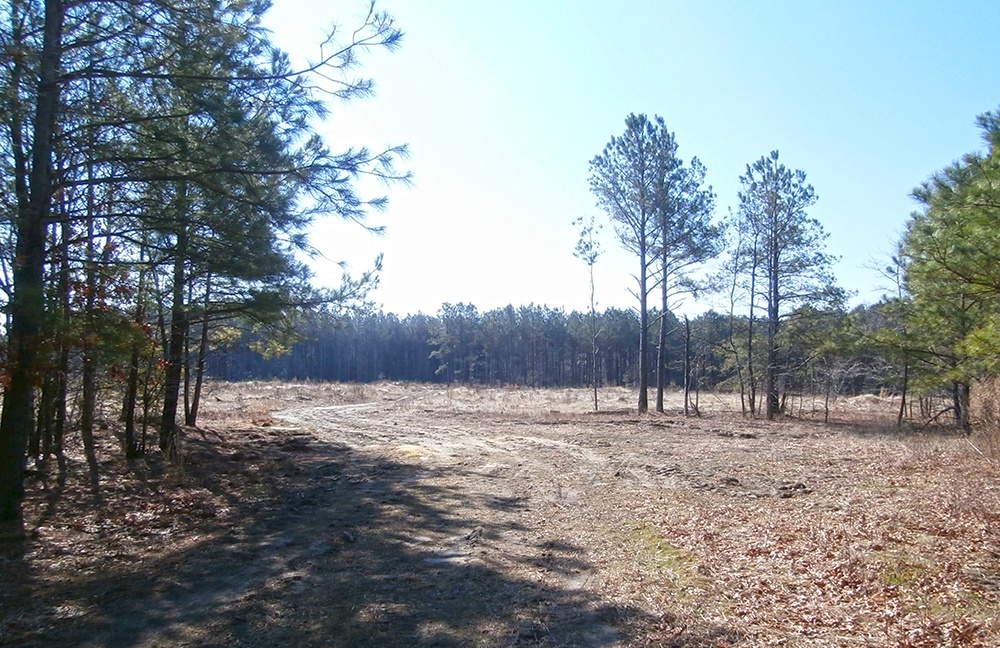We explain when you need a Phase I ESA on vacant land.
When it comes to purchasing a Phase I ESA, there are many incorrect & preconceived notions which are incorrect with regards to what types of properties need environmental due diligence, mainly the incorrect notion that you don't need a Phase I ESA on vacant land. We occasionally hear things like "Phase I's are only for industrial facilities", or "you don't need a Phase I unless there was a dry cleaner nearby", both incorrect!
The issue is, many people aren't sure what a Phase I ESA is, and why they are even getting one. We hear various things such as who can conduct Phase I Environmental Site Assessments and what does a Phase I Environmental Site Assessment cover, and how long is a Phase I Environmental Site Assessment good for, and many other great questions either over the phone or via email.
Because lots of folks aren't sure what's covered within the "scope" of a Phase I ESA, many people aren't sure if and when they should get a Phase I on any type of property, from industrial to commercial development, to residential buildings, to vacant land. In particular, many people aren't sure about getting a Phase I Environmental Site Assessment on vacant land, so, let's dive in and discuss that topic in depth.

Do I NEED a Phase I ESA on vacant land?
First things first, you do not NEED a Phase I Environmental Site Assessment ever.
You can buy property without getting a Phase I ESA. There are (as far as we know) no laws or regulations out there stipulating that you need a Phase I ESA prior to purchasing a piece of property. There are, however, laws on the state or local level (the ISRA process in New Jersey comes to mind) that require Phase I like investigations into certain properties, but that is completely different than a Phase I ESA.
However, you may be required to get one by a lending institution, such as a bank, a financing group, or other entity who is lending you or your organization money to purchase a piece of property. This is especially true for any institution that's name is going to be tied to the property!
So, unless someone is demanding you get a Phase I ESA, you don't explicitly NEED a Phase I Environmental Site Assessment on vacant land, or anywhere else for that matter.
It's like saying do I need to go to a doctor? Well technically no, you don't need to go to a doctor. However, there may be an instance where you have to go to a doctor because a 3rd party is demanding it. For instance, maybe you need a sports physical before being allowed to participate in a recreational sports league.
So the question really shouldn't be, DO I NEED to get a Phase I Environmental Site Assessment (or go to a doctor!) but instead SHOULD I? We cover this mindset a little more in depth in our article Do I need a Phase I Environmental Site Assessment?
When should I get a Phase I ESA?
You should get a Phase I ESA whenever you're purchasing property, in some instances when you're about to rent or lease property, and for other various reasons. Why? Because a Phase I provides liability protection in case contamination from petroleum products or hazardous substances is found at, on, or in your property.
In other words, you should get a Phase I ESA because it acts like insurance in a manner, and protects you down the road in case it turns out you purchased a piece of contaminated property. This concept might not be clear, so let me give you a hypothetical scenario.
Suppose you purchased a property and got a Phase I ESA which followed the ASTM standard and was done by an environmental professional.
Now suppose, for whatever reason, that there was something on the property which was never documented and could not be visually observed or suspected. Maybe that "thing" caused subsurface contamination which affected other properties, such as contaminating their wells.
Sounds bad, right? And probably your fault since it's your property!
But, if the Phase I ESA was done correctly, and by an appropriate environmental professional, and if that environmental professional applied good professional work, then you may qualify for liability protection. Simply put, you may not be responsible for the costs of cleaning up that contamination and replacing neighboring wells.
That's a lot of ifs, but you get the point.
Without a Phase I ESA done correctly, someone (probably you since the contamination was from your property) would have been left holding the bag for a very, very expensive cleanup, even if it wasn't your fault!
That's the protection that a Phase I offers. It may cost you a few thousand bucks today, but it'll save you money in the long run. We cover the concept of protection thanks to a Phase I ESA in our article how Phase I Environmental Site Assessments prevent bad investments.

Should I get a Phase I Environmental Site Assessment on vacant property?
Long story short, yes, you should get a Phase I Environmental Site Assessment on vacant property. You should get a Phase I at any type of property, regardless of whether or not it ever was, or currently is, developed.
A Phase I not only examines the property in question, it also examines the potential for neighboring properties to contaminate your property. And, it also proves that you did your due diligence and believed you were purchasing a property free and clear of contamination. In short, that liability protection that I mentioned above in the example.
In case you're wondering if I, as a Phase I provider, am being biased, the answer is of course yes. Yes, I want you to pick up that phone and call me right now to perform a Phase I at your property! But, much like a doctor urging you to come in for a regular check-up, I'm suggesting this for your benefit, not mine. While making a few thousand dollars off a Phase I is great for me, the liability protection that could save your hundreds, thousands (if not millions) of dollars is much, much more beneficial to you, the property owner. Pretty good piece of insurance, right? To learn more about this, check out our article what protection does a Phase I Environmental Site Assessment provide?

Why would I get a Phase I Environmental Site Assessment on a vacant land?
The issue is, you never know what lies underneath the ground. Maybe the property is vacant and undeveloped now, but it could have been a dumping ground for an industrial site in years past. Maybe there was a pit in the middle of the property where people or a business dumped chemicals, trash, or who knows what else into it. Maybe the vacant property was where a local agricultural operation washed out tanks that held toxic pesticides or fertilizers. Maybe the vacant property had illegal dumping occurring on it. There are any number of reasons to investigate the property, and to get liability protection from unwanted surprises in the future.
Think about driving by an old, closed landfill. At first glance, it might look like a lightly vegetated hill. If you didn't know any better you might want to climb it, ride a bike on it, or take your family for a picnic on it. However, once you look at its past use and what's under the green grass, you would think twice.
The other thing to consider is that a neighboring property could represent a risk to your property, and it might not be immediately apparent. There could be groundwater contamination flowing downhill onto your property, and you might have no idea!

I always like to tell the story of an area near where we regularly visit along the New England coastline. Years ago a developer attempted to create a small, gated, beach front development of a dozen homes or so. At first glance it was gorgeous; beautiful homes, a rocky coastline, and fresh ocean air. If you come down the road from the south, you pass other homes, a restaurant or two, and even a scenic lighthouse. To call it picturesque is an understatement.
But, if you come in on the road from the north, you realize that the site immediately north of the development, through about 100 feet or so of trees, is an active wastewater treatment facility, just out of sight of the homes upper stories. As you can imagine, those multi-million dollar homes were hard to sell if the wind was blowing out of the north, carrying not the fresh salt air, but the odor of sewage instead. To this day there are only 2 or 3 homes built in the entire development.
Point is, the neighboring properties can in many instances impact your property.
Additional Thoughts on Phase I Environmental Site Assessments
There are some additional things to consider when it comes to getting a Phase I ESA, whether it's on vacant land or a developed piece of property. Over the years we've written a fair amount of articles covering various Phase I ESA topics, which you may find very helpful:
Phase I ESA Basics
Phase I ESA vs Other Forms of Environmental Due Diligence
Phase I ESA Outcomes & Results and Phase II ESA Work

Get a Phase I ESA on vacant land.
My two cents is yes, get a Phase I Environmental Site Assessment on vacant land. It's going to cost a few thousand bucks, but at least you'll have liability protection in the future if something indeed goes wrong.
However, if you can make a really good argument against it, that's fine too. For example, if you're buying 50 acres of vacant land in Pennsylvania that has never been developed, and there's no neighboring development, you might be OK without getting a Phase I.
In most cases, I would recommend getting a Phase I ESA on vacant land, but again, if you can make a compelling argument like the one I outlined above, then it may be OK to skip out.
To learn more about getting a Phase I ESA, click here to contact us or give us a shout at 888-RMA-0230 to learn more.















